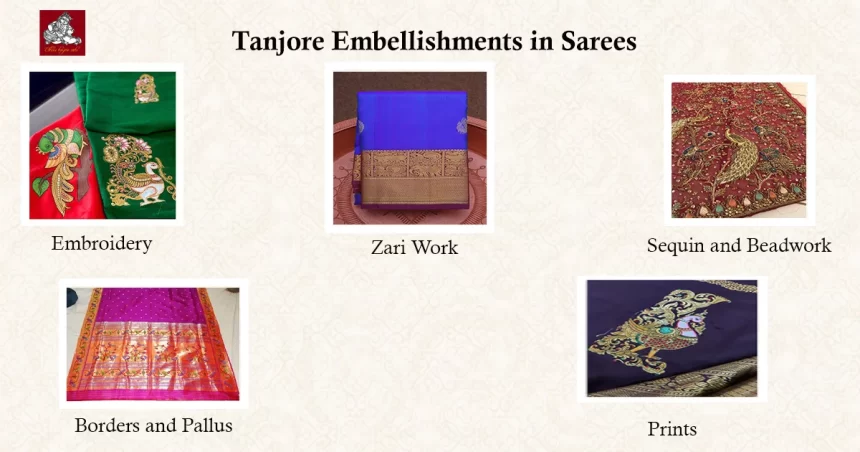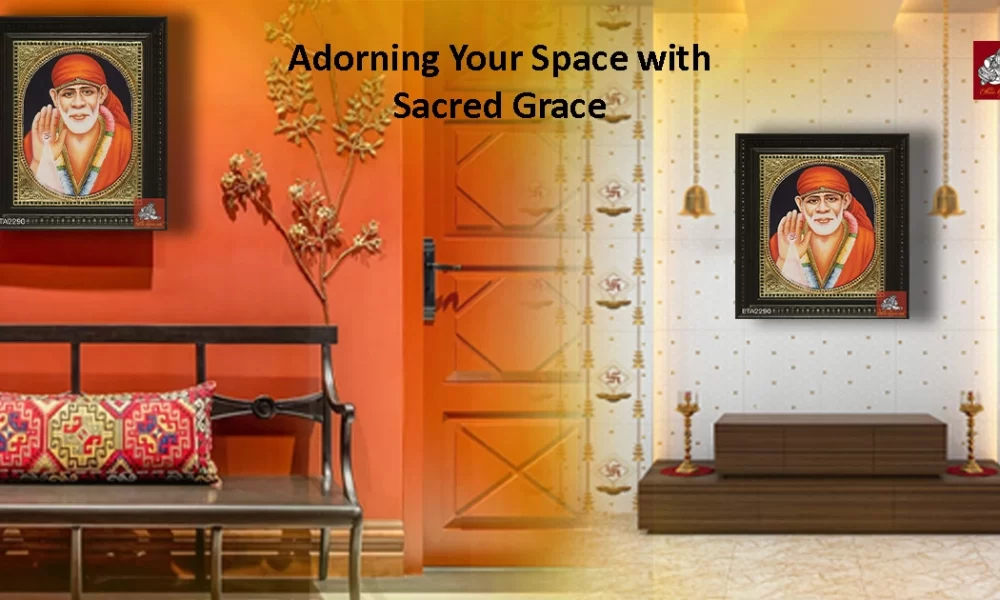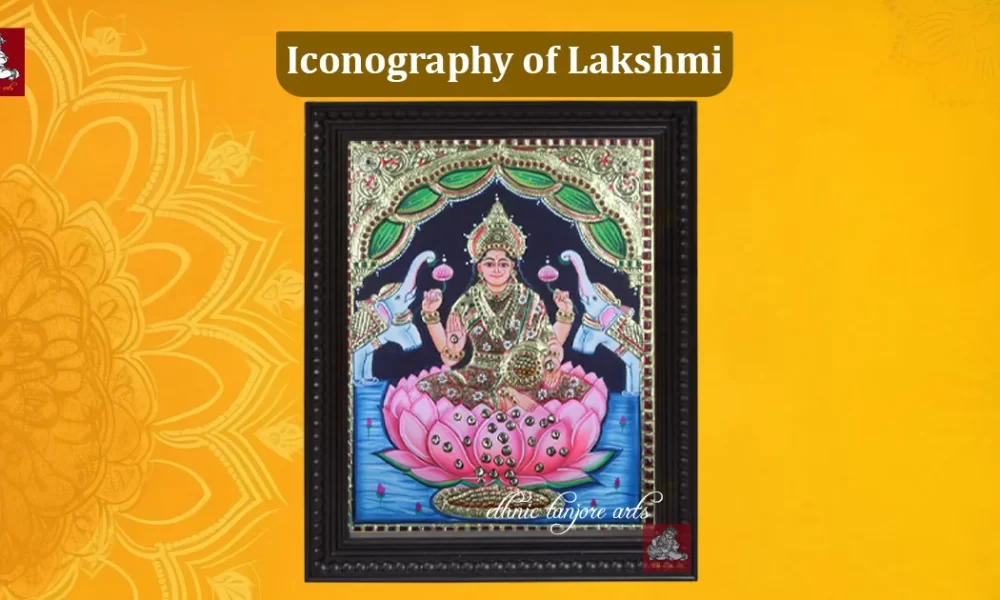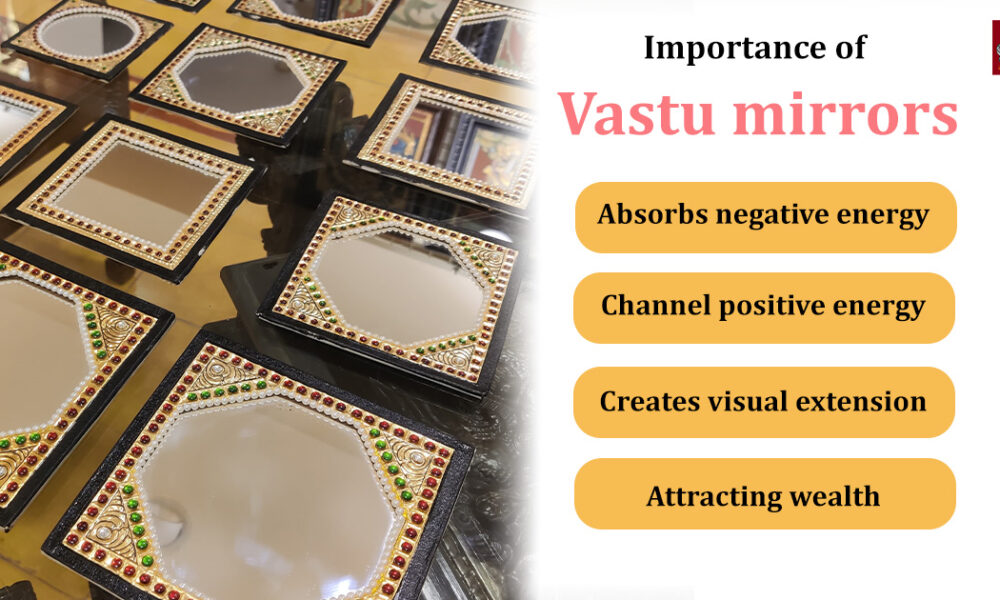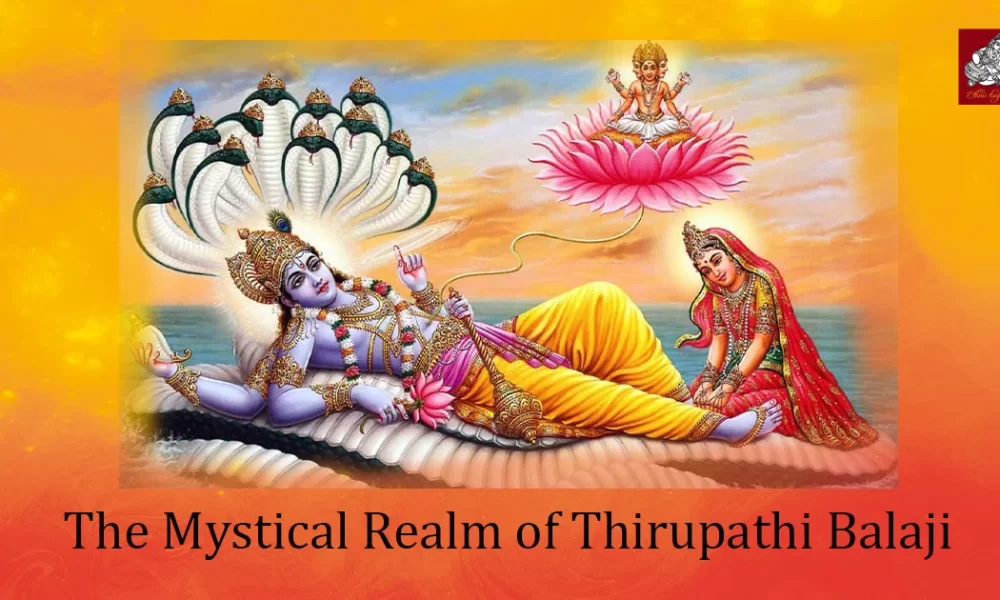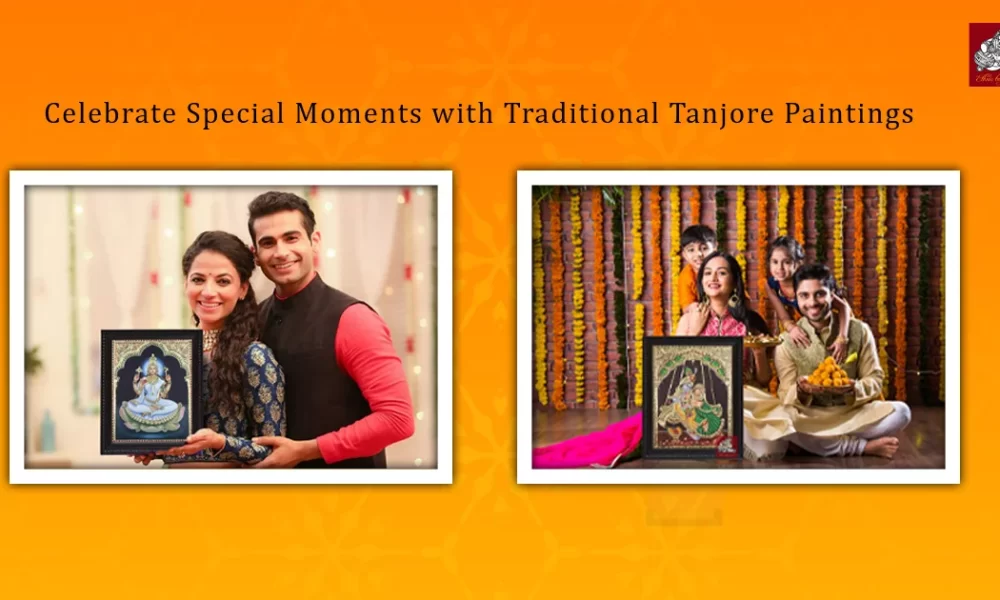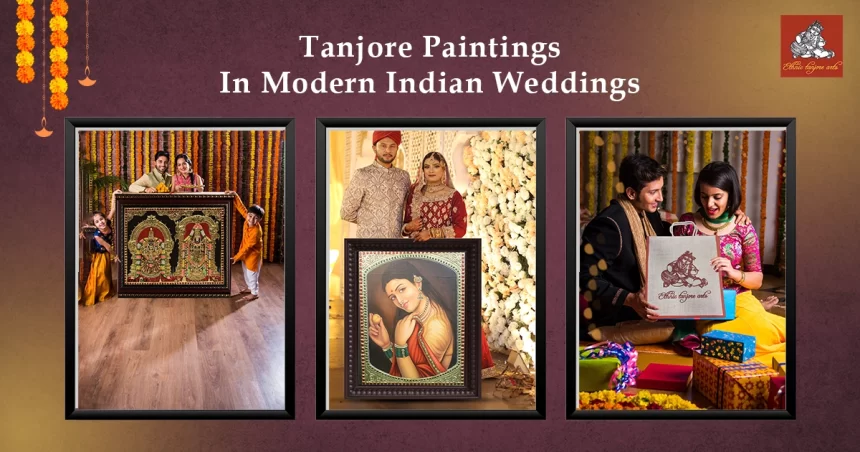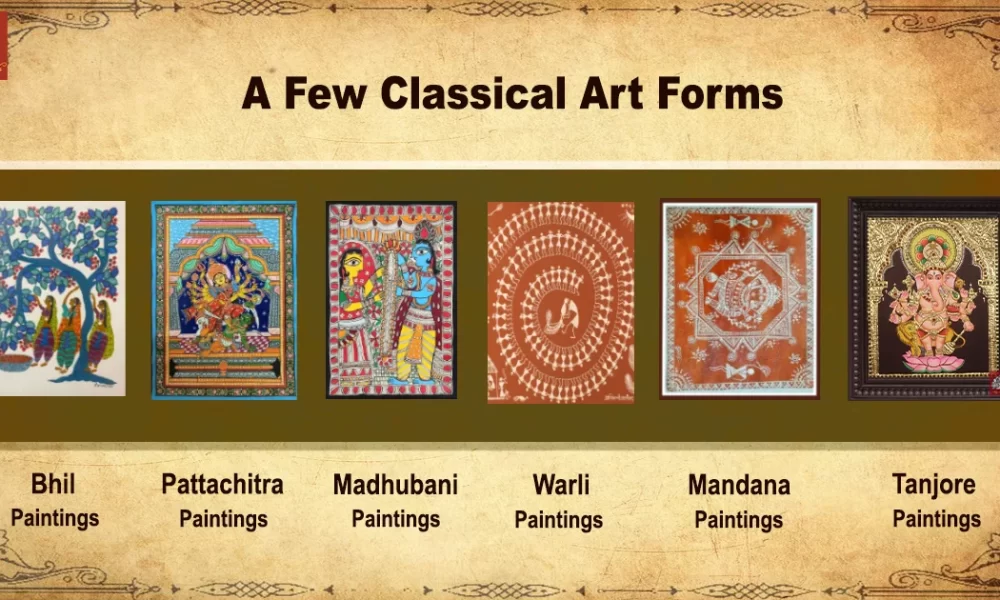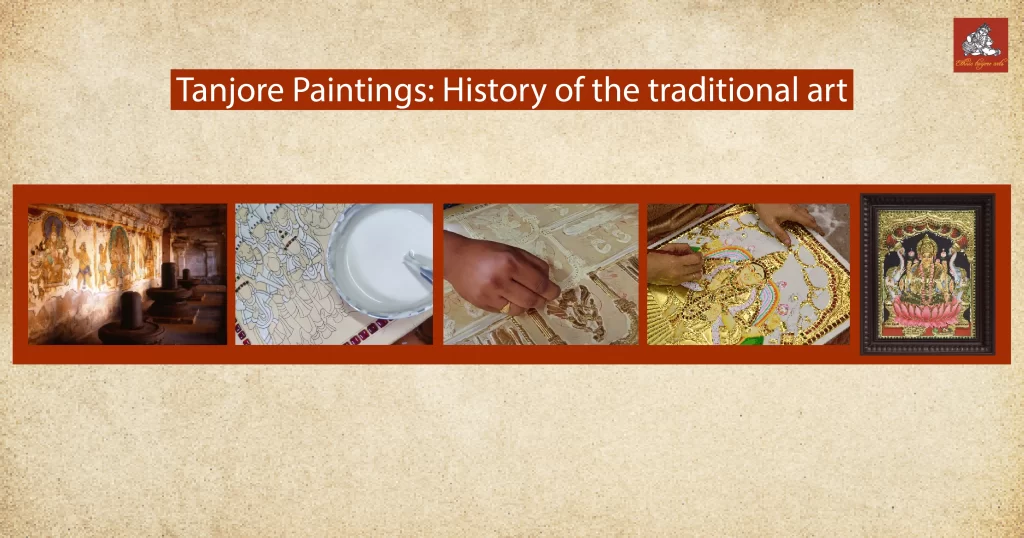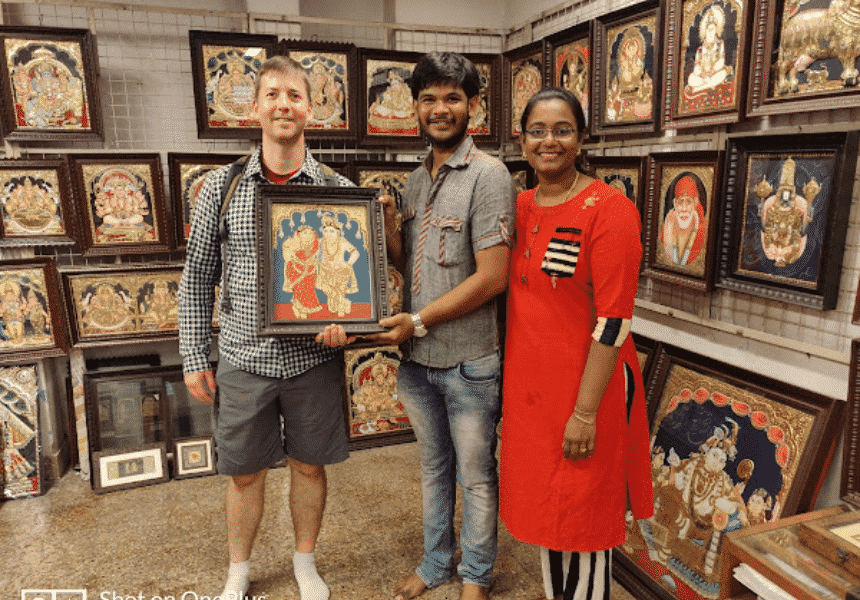Introduction:
Tanjore is a land of cultural and architectural legacy. The city was the headquarters during the grand era of the Cholas and was later ruled by Nayaks, Marathas, and Rayas. Being a land ruled by great patrons of art, it gave birth to various art styles, handicrafts, Carnatic music, and paintings, famously known for Tanjore paintings and beautiful Saris.
Thanjavur has a rich heritage when it comes to textiles and has a plethora of businesses that specialize in silk sarees, cotton fabrics, traditional outfits, and accessories. Textile designs are known for their intricate and handcrafted designs and detailed patterns, which are unique, alluring, and enchanting to the customer.
Today, let’s delve into the relationship between textiles and Tanjore embellishments.
Interpretations of Tanjore Embellishments in Textile Design
Tanjore Textiles’ history dates back to the Chola period when textiles were of intricate details, beautiful patterns, and vivid colours, which were much loved by the people. The quality of textiles are of top quality and often weaved with gold and silver threads, which makes the garments royal and unique.
Geometric patterns and motifs are prominent and renowned Tanjore embellishments, often seen in the art form too. This culture of handwoven textiles is instilled in the people of Tanjore, adding to the richness of the land. Although the hand-weaving process is long and painful, it is a proud practice passed down from generation to generation to preserve the authenticity and traditional spirit.
More often than not, the designs are inspired by the traditions of Tanjore, including dance, art, architecture, and nature, making the textile design a harmonious unification of various styles.
Tanjore Embellishments in Sarees
In contemporary times, Tanjore designs are printed onto saris and accessories to make the traditional style available to everyone. The same essence is captured and replicated to appeal to the younger generation in a few different ways through different styles. A simple example is that Radha Krishna Tanjore paintings are iconic in the traditional Indian art world, and this can be incorporated into sarees through embroidery or Zari work to create the same connection.
- Embroidery: Artisans create enchanting embroidery patterns in silk sarees using techniques like zardozi, aari, or kantha embroidery to embody and reflect the well-crafted Tanjore paintings.
- Zari Work: Zari work is done by weaving silver or gold threads onto the sarees, often mirroring the style of gold work in paintings, to create motifs of gods, goddesses, or birds like peacocks and other ornamental subjects.
- Sequin and Beadwork: Pieces of fabric or patches laid with sequins, beads, and other decorative elements are laid onto the saree to enhance the lavishness and create a visually striking effect.
- Prints: As said, in contemporary times, intricate designs and patterns are printed to mirror the feeling of Tanjore embellishments using advanced techniques.
- Borders and Pallus: Tanjore motifs can be woven into the pallu of the sarees to add elegance and cultural significance, and this is one of the most popular elements in Tanjore silk sarees.
Tanjore Embellishments in Accessories
Tanjore designs are not only used in textiles and sarees; they are further incorporated into accessories that can complement an outfit or act as beautiful souvenirs.
Primarily, Tanjore embellishments are incorporated in jewelry, where Tanjore-inspired motifs can be intricately carved or engraved in necklaces, earrings, bangles, and pendants. Handbags and purses also carry embroidery, beadwork, or applique works and add a flair to cultural flair. Footwear also uses the techniques of embroidery and beadwork.
Furthermore, scarves, stoles, hair clips, and belts can be adorned with Tanjore-inspired patterns to enhance the beauty of the product.
How to Incorporate Tanjore Embellishments in Your Wardrobe
Incorporating Tanjore embellishments in your wardrobe can be easy, or it can be designed and chosen with lots of love according to your needs and tastes. It’s as easy as choosing a scarf with embroidery and Zari work instead of monochrome ones, to elevate your outfit.
Or if you are a bride searching for your very own Weddīng sare, you are blessed with the opportunity to explore the street of Tanjore, where a plethora of choices are presented with different styles and patterns, weaved over time by excellent craftsmen. Furthermore, you can choose jewelry that also reflects your ideas with regard to Tanjore motifs.
Choosing a piece of jewelry or the outfits you wear represents you. A small tanjore accessory has the ability to tell people that you are someone who takes pride in your culture and appreciates the craftsmanship of the person who created it.
So, next time, or in fact anytime, add a small piece of a Tanjore-inspired accessory to your wardrobe and feel the difference.
Conclusion
With a rich legacy and heritage, Thanjavur offers all forms of art, architecture, dance, and handicrafts, and we are privileged enough to be living in an era where these traditional practices are still passed down through generations. Tanjore art is a crown in the tapestry of traditional art and acts as an inspiration to young painters and other creative artists, who channel their appreciation and love for the art in different ways.
It is our responsibility to keep our culture and traditions alive and take pride in them. We can do it by supporting artists who make the art, be it sarees or paintings.
So, adorn your home and enhance your wardrobe with Tanjore embellishments and kick up your style by a notch.

